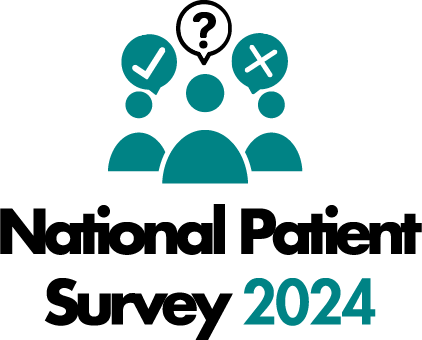What is home DNA testing?
Home DNA testing and genetic relative matching websites have become popular over the last few years. These allow users to create an online account and order a DNA test, collect DNA at home with the kit (usually through collecting saliva or through a cheek swab), register the kit and return it to the company for testing. Then later, the ‘results’ will be available through logging into your online account.
Depending on the type of test, the user can access information about their ancestry, health and/or identify their genetic relations.
The information you receive may not always be reliable.
What are DNA matching services?
Importantly for people who are affected by donor conception, many home DNA testing sites allow users to ‘match’ with other users on the database to whom they are genetically related via ‘relative finder’ services, which compare the user’s DNA profile with others on the website’s database to identify genetic links. The user will usually have to agree to the website adding their data to the ‘relative finder’ database, but it may also be a case of having to ‘opt out’ of this.
Users often use their real names and so may be able to identify each other easily (and potentially make contact), depending on the privacy settings they’ve chosen. It may be possible to combine this information with other publicly available information to identify close genetic relatives of the users of the database, even if those close genetic relatives are not themselves on the website’s matching database.
People increasingly share information about their personal, professional and family lives online, especially via social media sites. This can make it possible for someone to piece together information about an individual using this available information in combination with information available through DNA testing and matching services. This can make it easier to find others’ contact details and to contact them.
What does home DNA testing mean for donor-conceived people?
Before taking a home DNA test and opting in to ‘matching’ services, it’s important to think carefully about the possible implications for you of doing so and make an informed decision on whether to go ahead. You should also carefully read any terms and conditions and see what, if any, support will be available to you. The company should also have a privacy policy which you should read carefully.
For people who know they are donor-conceived, using one of these tests and opting in to (or not ‘opting out’ of) ‘matching services’ could mean that your donor, donor-conceived genetic siblings, or relatives of your donor become identifiable to you and vice versa. Some donor-conceived people use the sites for the specific purpose of searching for information about genetic relatives. Others may be ‘found’ (and sometimes contacted) by their donor and/ or donor-conceived genetic siblings through these sites.
It is important to understand that, because of the genetic links between people who are close genetic relatives, it is possible that a donor-conceived person could be identified, even if they have not used any of these sites, but a close genetic relative has used these services. For example, if your sister is using DNA testing and matching services, you may be identifiable from a combination of her genetic information and other publicly available information, such as family trees, social media profiles or public records about the donor-conceived individual. This is true for donor siblings too, whether you know about each other or not.
If a person does not know they are donor-conceived, using a home DNA test and its ‘matching’ service could reveal this to them for the first time. People often use these tests out of curiosity about where their families originated from, or to find out health information, and it can come as a big shock to find out that their parent(s) or other close family members is/are not genetically related to them. If this has happened, you may wish to seek support.
What if I don’t want to be identified by my donor or donor-related siblings (or if I don’t want to be able to identify them)?
If you are a donor-conceived person who does not want to become identifiable to your donor or donor-conceived genetic siblings (or to any other genetic relatives of your donor), or to be able to identify them, then you may wish to consider not using home DNA testing services at all. Or, if you are a user, make sure that you’re not signed up to the ‘matching services’ they may offer. However, while this might make identifying you more difficult, it might not make it impossible, as explained above.
Some companies will automatically sign you up to matching services when you join a site, and this will be something you must actively opt out of. If you have already signed up to matching services, opting out and/or cancelling your account may be a step you wish to consider. However, by that point your information may already have been accessed or shared, you may already have been identified, or the information you made available may mean that you can be ‘found’ more easily in the future by your donor, donor-conceived siblings or other genetic relatives of your donor. This is especially the case if that information is combined with other publicly available information about you (for example, information on any social media accounts you or your family members may have).
I have found out I am donor-conceived through home DNA testing and matching- what next?
It can be shocking to find out that you are donor-conceived when you haven’t known about this from childhood. Finding out from someone other than your parents, for example, through taking a home DNA test might make this discovery particularly difficult.


